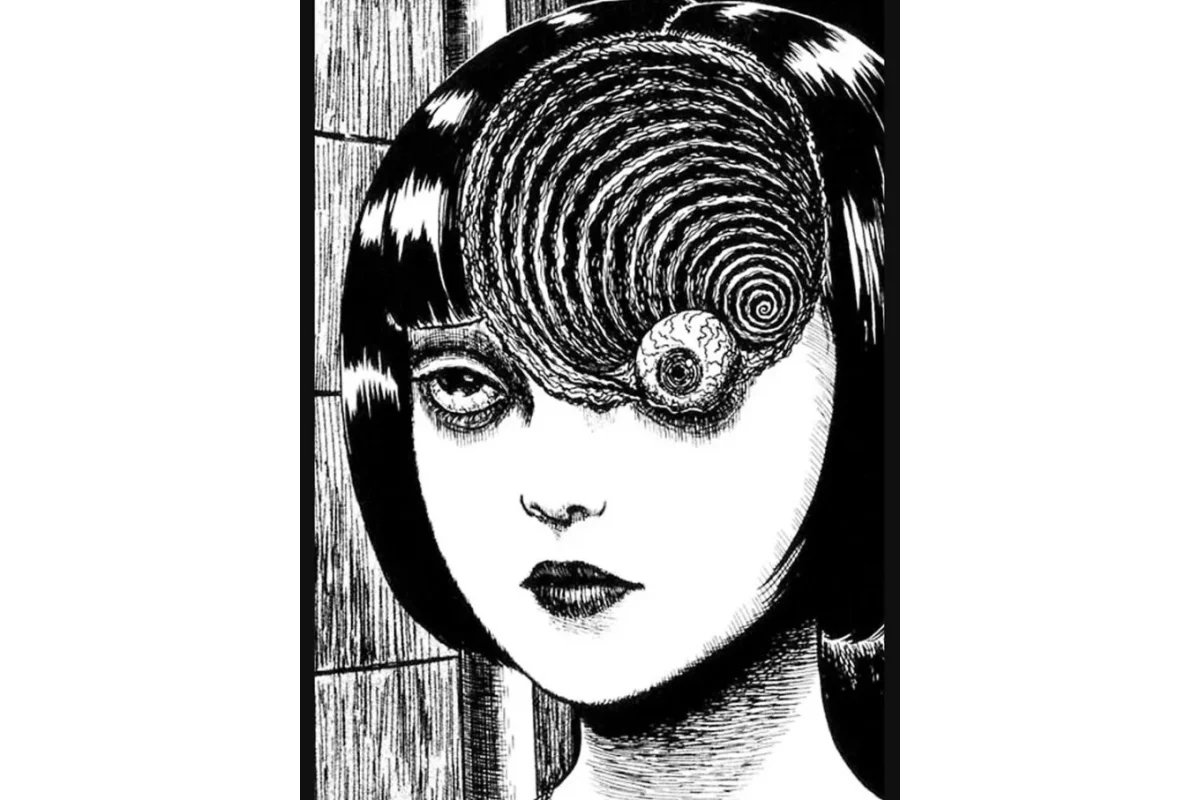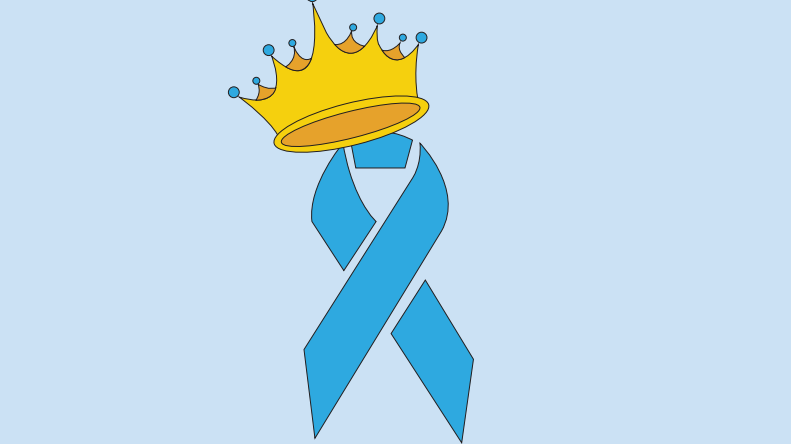With the wide use of Astrology, birth signs, and their traits, people have grown tired of hearing what their star sign is. Whether or not the stars tell a person who they are and what “red flags” they may exhibit, they also tell of great myths and legends.
A constellation is a group of stars defined by a specific pattern and area of the night sky. A large majority, nearly all of the constellations, represent Greek and Roman tales of monsters or famous rulers.
For example, the constellation Cassiopeia, detailed by the stars Segin, Ruchbah, Cih, Caph, Achird, Schedar and Al Mirfak, represents the story of a beautiful queen in the early Greek Empire.
Queen Cassiopeia was the queen of Aethiopia and wife of King Cepheus, mother to Andromeda. Her story is a tragic one, starting with her pledge of beauty. While Cassiopeia was said to be gorgeous, she was also a vain woman.
In her confidence, she challenged the beauty of the Sea Nymphs, the Nereids, boasting that she was far more beautiful than them. However, Poseidon soon heard of her exploits and forced her to feed her own daughter to Cetus, an ancient sea monster, as punishment.
Another constellation closely related to the story of Cassiopeia is the sea monster Cetus. Cetus was a whale-like creature sent by Poseidon to wreak havoc along the shores of Aethiopia long before they were asked to devour Andromeda.
Before the monster could swallow Andromeda, Perseus, flying over Aethiopia with his winged sandals, turned the monster to stone with the head of Medusa. Perseus then fell immediately in love with Andromeda.
While Cetus may be considered a vile and heartless monster by many, they were still given a room in the night sky. They reside near the constellations Pisces, Fornax, Aries, and many more. The constellation is most notably seen on early December nights.
As is evident, the stories and tales associated with the constellations are ancient and relate greatly to the epic poems of the past. Even those with astrological meanings have fascinating stories tucked behind their frustrating exterior.













